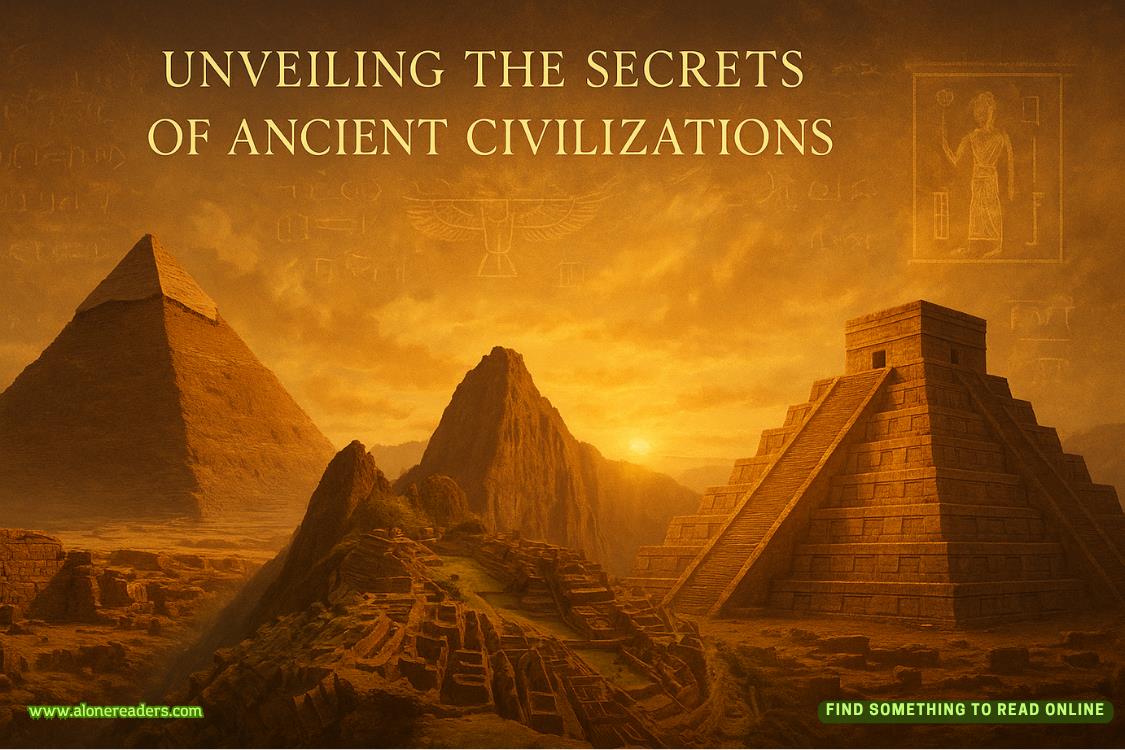Page 46 of Project Hail Mary
That’s nice. You can customize what you’re looking at. And the screen directly in front of the pilot’s seat is the largest.
I decide on a more tactile approach: I’m gonna start pushing buttons!
Hopefully there’s no “Blow Up the Ship” button. I think Stratt would have kept that from happening.
Stratt. I wonder what she’s doing right now. Probably in a control room somewhere with the pope making her a cup of coffee. She was (is?) a really domineering person. But gosh darn it, I’m glad she was in charge of making this ship happen. Now that I’m aboard it and all. Her attention to detail and insistence on perfection are nice to have all around me.
Anyway, I bring up the “Scientific Instrumentation” panel on the main screen. It’s the same panel I spent a lot of quality time with earlier—the one that currently shows an image of Tau Ceti. It has the word “Helioscope” in the upper-left corner. I hadn’t noticed that before. The left side of the screen has a bunch of icons. Other equipment, I assume. I press one at random.
Tau Ceti disappears. The top-left corner changes to read “External Collection Unit.” The screen shows a diagram of a featureless rectangle. There are some controls here and there to change the angle and to “open bow side” and “open stern side.” Okay. Noted. Not sure what to do with that information. I press another icon at random.
This time it changes to “Petrovascope.” Beyond that, there’s just a black screen with an error message:PETROVASCOPE CANNOT BE USED WHILE SPIN DRIVE IS ACTIVE.
“Hmph,” I say.
Okay, what’s a Petrovascope? Best guess: a telescope and/or camera that looks specifically for the IR light that Astrophage emit. It looks for the Petrova line via the Petrova wavelength so it’s a Petrovascope and we really need to stop putting “Petrova” in front of everything.
Why can’t I use it when the spin drive is active?
I don’t how a spin drive works, or why it’s called a spin drive, but I do know I have one in the back of the ship and it’s consuming Astrophage as fuel. So it’s my engine. It probably activates enriched Astrophage to use them as thrust.
Ah…that would mean there’s aridiculousamount of IR light coming out the back of the ship right now. Like…enough to vaporize a battleship or something. I’d have to do the math to know for sure but—I can’t help it, I want to do the math right now.
The engines consume 6 grams of Astrophage per second. Astrophage stores energy as mass. So basically, the spin drive converts 6grams of mass into pure energy every second and spits it out the back. Well, it’s the Astrophage doing the work, but whatever.
I bring up the “Utility” panel on a smaller screen to my right. It has a bunch of familiar applications, all ready to go. One of them is a calculator. I use it to calculate the mass-conversion energy of that 6grams…good Lord. It’s 540trillionJoules. And the ship is emitting that much energy every second. So it’s 540 trillion watts. I can’t even fathom that amount of energy. It’s considerably more than the surface of the sun. Literally. Like…you would get hit by less energy if you were on thesurface of the sunthan if you were standing behind theHail Maryat full thrust.
I’m decelerating right now. Have to be. The plan is to come to rest in the Tau Ceti system. So I’m probably pointed away from the star and slowing down—having spent a really long time at near light speed during the trip.
Okay, so all that light energy will hit dust particles, ions, and anything else between me at Tau Ceti as I plug along. Those poor little particles will be brutally vaporized. And that’ll scatter some IR light back at the ship. Not much compared to the engine output, but it would be blinding to the Petrovascope, which is finely tuned to look for trace amounts of that exact frequency.
So no using the Petrovascope with the engine on.
But man. I wouldloveto know if Tau Ceti has a Petrova line.
Theoretically, any star infected with Astrophage should have one, right? The little blighters need carbon dioxide to breed. Can’t get that from the star (unless you go way into the core, and I don’t know if even Astrophage could survive those temperatures).
If I see a Petrova line, it means that Tau Ceti has an active Astrophage population that, for some reason, hasn’t grown out of control like it has everywhere else. And that line will lead to a planet that has carbon dioxide. Maybe there’s some other chemical in that atmosphere that impedes the Astrophage? Maybe the planet has a weird magnetic field that messes with their ability to navigate? Maybe the planet has a bunch of moons that the Astrophage physically collides with?
Maybe Tau Ceti just doesn’t have any planets with carbon dioxide in their atmospheres. That would suck. It would mean this whole trip was for nothing and Earth is doomed.
I could speculate all day. Without data, it’s just pure guesswork. And without the Petrovascope, I don’t have data. At least, not the data I want.
I turn my attention to the Navigation screen. Should I mess with it? I mean—I don’t know how to fly this ship. The ship does, but I don’t. If I push the wrong button, I’ll be dead in space.
Actually, it would be worse than that. I’d be hurtling toward Tau Ceti at—I check the info on-screen—7,595 kilometers per second. Wow! A couple days ago, that was over 11,000. That’s what constantly accelerating at 1.5g’s will do for you. Or “decelerating,” I guess. From a physics standpoint it’s all the same. Point is, I’m slowing down with respect to the star.
There’s a button on-screen that just says “Course.” That seems reasonable to tap, right? Famous last words. Really I should just wait until the computer feels like the trip is done. But I can’t help myself.
I tap the button. The screen changes to show the Tau Ceti solar system. Tau Ceti itself sits at the center, denoted with the Greek letter tau.
Ohhhh…that’s what the lowercasetis on theHail Marycrest. It’s a tau, for “Tau Ceti.” Okay.
Anyway, four planetary orbits are shown as thin white ellipses around the star. The locations of the planets themselves are shown as circles with error bars. We don’t have super-accurate information on exoplanets. If I could figure out how to get the science instruments working, I could probably get much better info on those planet locations. I’m twelve light-years closer to them than astronomers on Earth.
A yellow line runs almost directly into the system from off-screen. It bends toward the star somewhere between the third and fourth planets and into a circle. There’s a yellow triangle on the line, way far away from the four planets. Pretty sure that’s me. And the yellow line is my course. Above the map is the text:
TIME TO ENGINE CUTOFF: 0005:20:39:06















